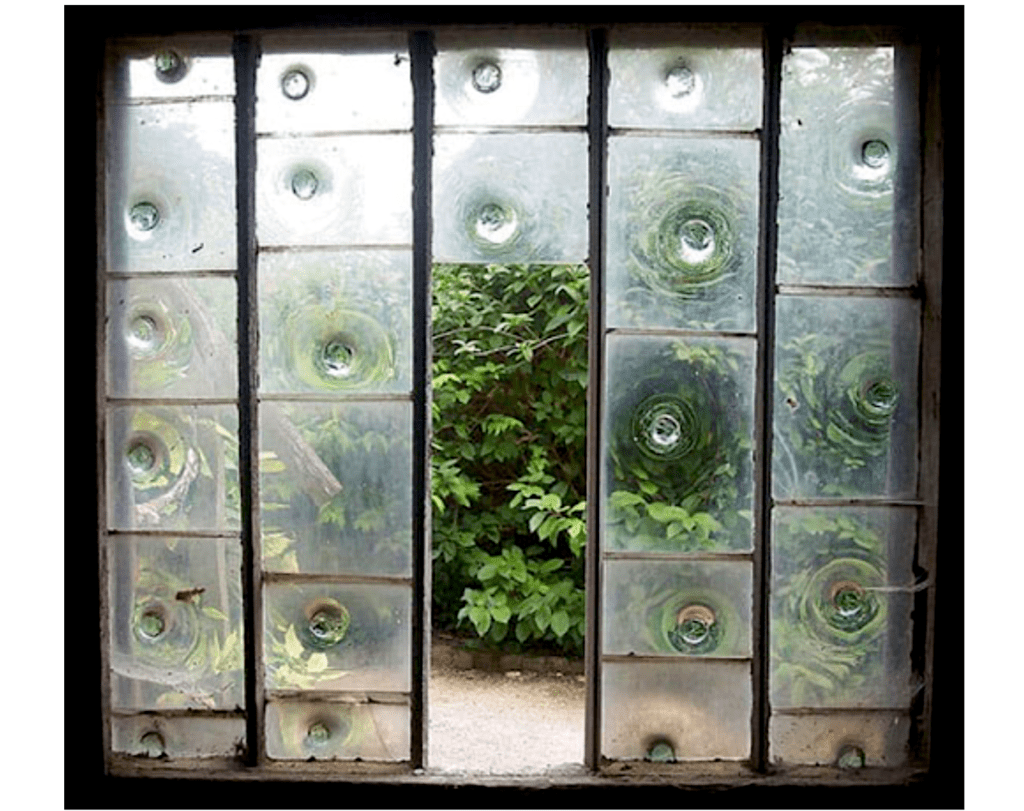At Home: Windows, Transition Between Inside, Outside
By • October 11, 2022 0 1667

Over the last several years, many of us retreated to our spaces and existed largely within the four walls of our homes. The sudden change in our daily routines affected our relationships with our homes and the objects, systems, architecture and decorative elements within them. No matter the style of the architecture, the building that houses our home roots us to our family’s history and our collective past and impacts how we lead our lives both inside and outside of our homes.
As the nights turn cooler and will soon become blustery, windows help keep us warm and toasty inside. They are also our apertures to the world outside.
All houses have windows. Their patterns establish the facade of a home – the outward expression of the architectural style of a home. They’re a basic unit of architecture that add character, provide insulation and are a source of natural light. In the very earliest homes, the window began as a small opening with no cover or membrane. Romans, in around 100 A.D., were the first known to use some form of window glass. In colonial America, windows consisted of small slits covered in waxed paper or of thin membranes of animal horn scraped thin enough to be translucent and set within a wooden frame.
Although plate glass was introduced around 1700, it would not become dominant until the 19th century. Before then, crown glass was used in windows, which involved a blown glass bubble flattened, reheated then rotated to create a dome. It could then be cut into shapes or filled in as appropriate. Window frames were made of timber and windows were small to suit the available sized glass. It was a cheap and efficient way of making glass for windows.
In early America, windows were typically casements – sashes that rotated out on hinges – and often were framed of either wood or iron, featuring diamond-shaped leaded panes or rectangular ones. Windows were small and few, due to the cost of glass, which mostly had to be imported, and used in northern climates, for greater protection against the harsh winter weather.
In the 17th century, a new window development arrived: vertical sliding sash. The earliest versions were single-hung: the top sash was fixed and the bottom was moveable via pins and holes in the frame. By the early 1800s, the American Regency period, known as the Georgian period in England, double-hung sash windows became the dominant style and the casement window fell from favor in this country. Old glass manufactured from that era often had air bubbles and other distortions which can still be found today in many period Georgetown homes.
When it came to the houses of the wealthy classes, the rule became “the bigger the better.” As technology improved, panes of glass could be made to be larger and flatter. Windows were arranged according to social status – servants’ quarters had the smallest windows and buildings designed to house the poor often had no windows. Then, in 1798, the so-called “window tax,” a nickname for the US Direct Tax, taxed dwellings valued at more than $100 and on 2 acres or less. It used the number of windows as one measure of property value, meaning that the more windows a house had, the more money the occupants had to pay. As you walk the neighborhoods in Georgetown, you can still spot bricked-up windows in some houses.
Glass manufacturing became more efficient during the Industrial Revolution in the mid-to-late 1800s, when an engineer named Henry Bessemer invented an early form of “float glass,” which involved pouring glass onto liquid tin. This process evolved into the cylinder method of glass manufacture, widely used to create sheet glass, glass rolled into flat sheets, rather than creating a dome and crown glass windows. Also, during that time, major advances in rolled steel permitted the mass production of steel windows. These frames and sashes were fire-resistant and became the standard for commercial buildings, but wood windows continued to dominate single-family residences.
Massive changes in construction technology dramatically shifted the boundaries of the window in American homes. Window glass and frames were the very first domestic construction components to be assembled in a factory. Glass block and curtain walls were all popularized after World War II and windows could become as big as a wall or become a wall itself.
During the middle of the 20th century, wood had dominated as the most affordable and easy-to-obtain material for window frames, but timber framed windows fell out of fashion, as many homeowners in the 1950s replaced the original windows on their turn-of-the-century houses with vinyl, both for its inexpensiveness and for its promise of minimal maintenance.
Although as in some modern art, much of modern architecture has completely abandoned the frame, the window does not exist in isolation. It needs a particular situation within a wall. It is the transition between the outside world and our interior world. Perhaps after reading this, you’ll take a moment to look at your home’s windows instead of just looking through them.
Michelle Galler is a realtor with Chatel Real Estate (mgaller@chatel.us), representing buyers and sellers in both Washington, D.C. and Rappahannock County, VA. She is also an antiques dealer and columnist.

